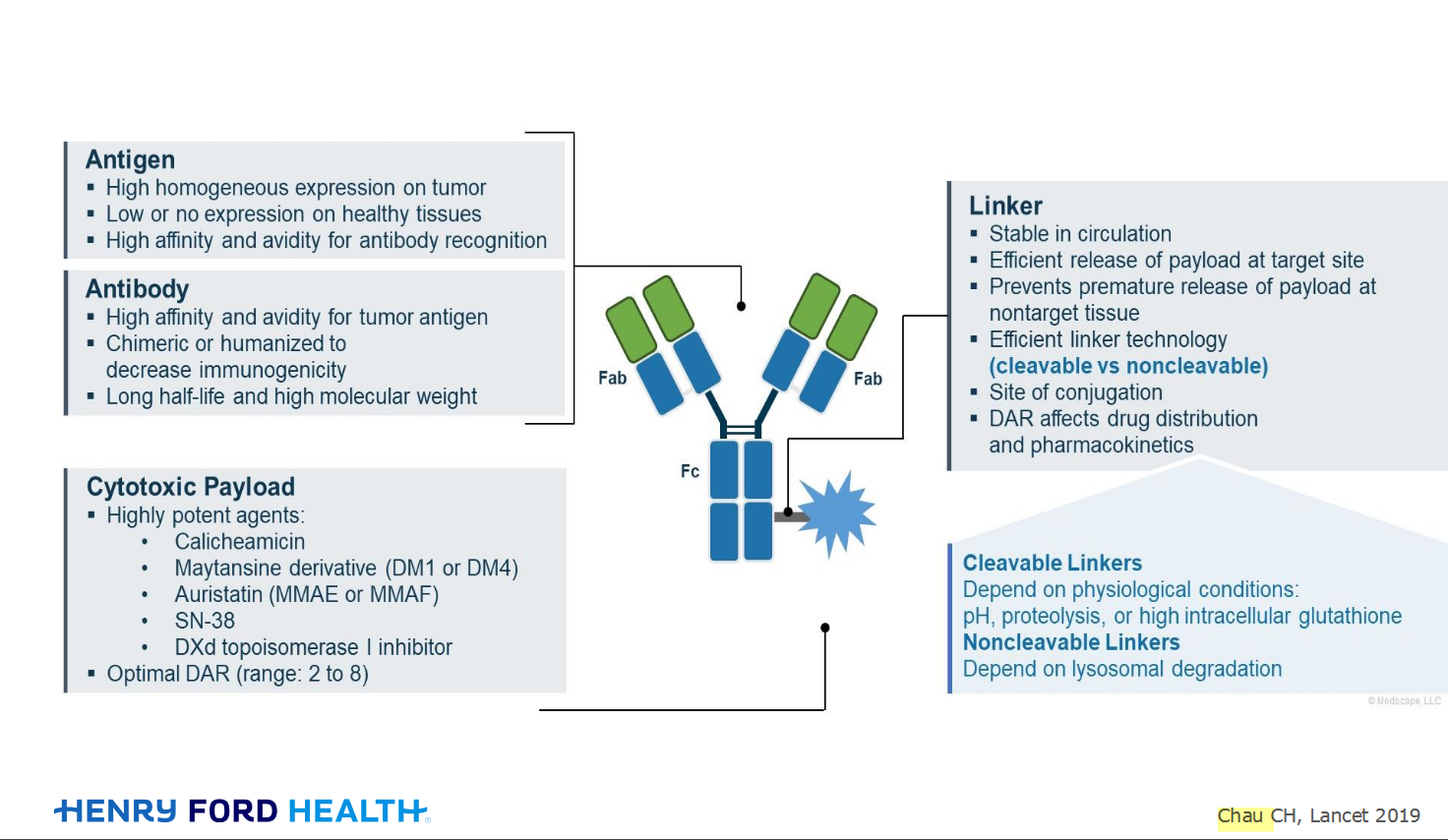Welcome!
Welcome to the new CancerGRACE.org! Explore our fresh look and improved features—take a quick tour to see what’s new.
Dr. Jared Weiss, UNC Lineberger Comprehensive Cancer Center, details the trends in lung cancer demographics and changes in histology by race and gender.
Transcript
I will speak to you today about trends in lung cancer demographics. So the incidence is probably the most important trend that we’ve had over the years, and this is somewhat different by men and women.

Amongst men you can see that we’ve had a nice decline in cancers of the lung, perhaps not as great as we would like but a very real decline. In contrast, amongst women we had an increase in incidence over the years that has finally leveled off and is beginning to hopefully decline.

There have been some trends in decreased incidence and [improved] survival — these are usually looked at by five year survival rates and unfortunately because of the high morbidity, high mortality, of lung cancer, these rates have not improved as much as some of the other cancers here, but you can see there has been a real, if small decline. This effect has been more pronounced among whites than amongst other minority groups.

We have had a change in histology over time — histology is the type of lung cancer. When we’ve spoken in other podcasts about differences in efficacy of drugs by squamous or non-squamous, that’s the histology we’re talking about, the subtype of lung cancer. What we’ve seen over time is that there is a decline in incidence of squamous lung cancer and an increased incidence of adenocarcinoma. People have talked a lot about why this may be true — I think the dominant hypothesis is the advent of filters. Filters have not reduced lung cancer incidence but what they have done is bring the particulate matter further out to the periphery of the lung instead of larger particles that tend to settle more centrally in the lung. I think that’s probably what’s driving this change in incidence of squamous versus non-squamous histology.

There are some marked racial differences in presentation overall of lung cancer and by histology. The gist of this is that in terms of incidence there is increased incidence amongst black patients as compared to caucasian patients.

Presentation is also worse in black patients — there is a higher incidence of presentation at advanced stage, of course driving inferior outcomes and this is an important target for intervention.
Finally regardless of race, age and histology, I want to talk briefly about the thing that I hope will most change demographics in the years to come, and that’s screening.

Screening has the potential to catch lung cancer at an earlier stage and hopefully improve our cure rates regardless of any of the other factors we’ve talked about: histology, stage — well hopefully it’ll migrate the stage — race or gender. I think that when we talk about this in five or ten years, we’re going to be talking about much more favorable changes based on the results of screening, and so I would encourage screening for appropriate populations. We’ve done a number of other presentations on screening on cancerGRACE.org, and I refer you to those for more information.
Thank you.
Please feel free to offer comments and raise questions in our
discussion forums.
Hi app.92, Welcome to Grace. I'm sorry this is late getting to you. And more sorry your mum is going through this. It's possible this isn't a pancoast tumor even though...
A Brief Tornado. I love the analogy Dr. Antonoff gave us to describe her presentation. I felt it earlier too and am looking forward to going back for deeper dive.
Dr. Singhi's reprise on appropriate treatment, "Right patient, right time, right team".
While Dr. Ryckman described radiation oncology as "the perfect blend of nerd skills and empathy".
I hope any...
My understanding of ADCs is very basic. I plan to study Dr. Rous’ discussion to broaden that understanding.

Here's the webinar on YouTube. It begins with the agenda. Note the link is a playlist, which will be populated with shorts from the webinar on specific topics
An antibody–drug conjugate (ADC) works a bit like a Trojan horse. It has three main components:

Welcome to the new CancerGRACE.org! Explore our fresh look and improved features—take a quick tour to see what’s new.